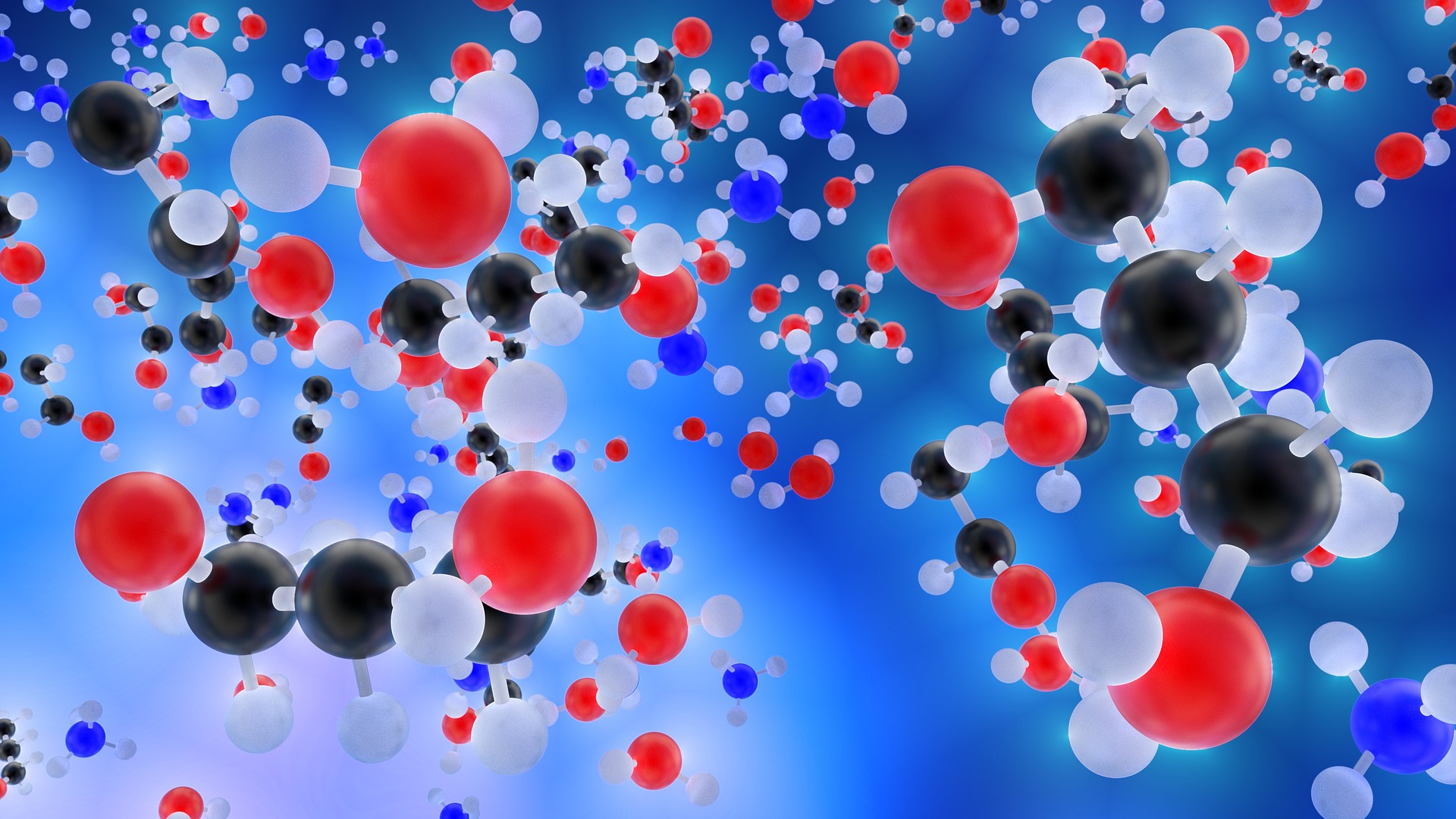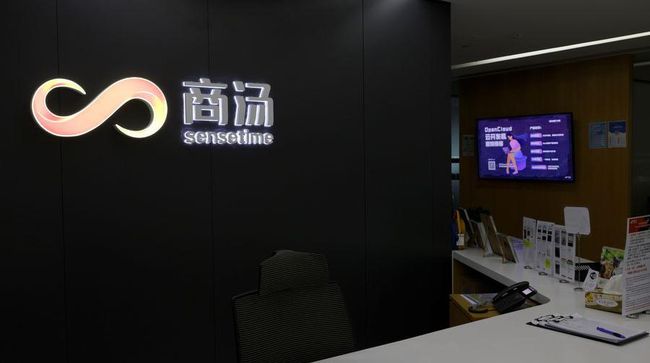UT researcher Dr Saskia Lindhoud and PhD student Jéré van Lente have achieved a breakthrough in their research into the separation of molecules, University of Twente writes in a press release. Lindhoud and Van Lente’s research was published this week in the international journal Small van Wiley, Rising Stars series.
Dr.ir. Saskia Lindhoud: “In our research process we are inspired by the way in which molecules are separated in biology. We have discovered a new method in which we could separate an enzyme from a complex protein mixture. The enzyme kept its specific properties completely.”
Lindhoud explains: “Such a separation process of molecules is very relevant to society. Think of the recovery and recycling of valuable molecules or medicine residues from waste water. Or even recovering certain chemicals from wastewater so that we become less dependent on oil in the future. But unfortunately we are not there yet. We continue to puzzle over other questions that still exist in the research process of separating molecules. However, our findings are a good step in that direction.”
Research Process
Lindhoud and Van Lente simply used a packet of egg protein powder from the supermarket for their research. This powder contains an enzyme ‘lysozyme’ in reasonable concentration. Lindhoud: “Our results show that we can indeed selectively absorb lysozyme from this egg-protein mixture. Moreover, the enzyme lysozyme also remains active, the structure of the enzyme is not affected by the way of our separation into molecules. Lysozyme is still able to break down. And when separating molecules, it is important that the properties of the enzyme are preserved.”
Sign up for IO on Telegram!
Sign In!
—
Separating molecules
The method Lindhoud uses to separate molecules from each other is inspired by biological systems. For example, cells are good at making sure that the right molecules are in the right place to participate in biological processes. One way cells do this is by making use of compartments. In the classical picture of the cell, these compartments are surrounded by a membrane and are called organelles. These organelles float in the cytosol, the cellular fluid.
However, it seems more and more that this cytosol is highly structured and also consists of compartments, so-called membraneless organelles. These look like droplets and form through water-in-water phase separation. One hypothesis is that these membraneless organelles ensure that the right molecules are in the right place at the right time. Lindhoud: “If we understand how membraneless organelles can separate so precisely, this offers possibilities for separations in chemical processes. Many membraneless organelles form through interactions between positively and negatively charged groups on proteins and RNA.
In our lab we mimic this with positively and negatively charged polymers. A polymer is a long molecule made up of a long chain of equal parts called monomers. In our study, the monomers are either positively or negatively charged. When you mix solutions of these positively and negatively charged polymers, drop-like structures are formed with similar properties to membraneless organelles. Like membraneless organelles, our model drops can selectively take up a protein, in our case lysozyme, from a complex protein mixture.”
Also interesting: Production of basic molecules can be more sustainable in Europe
–


